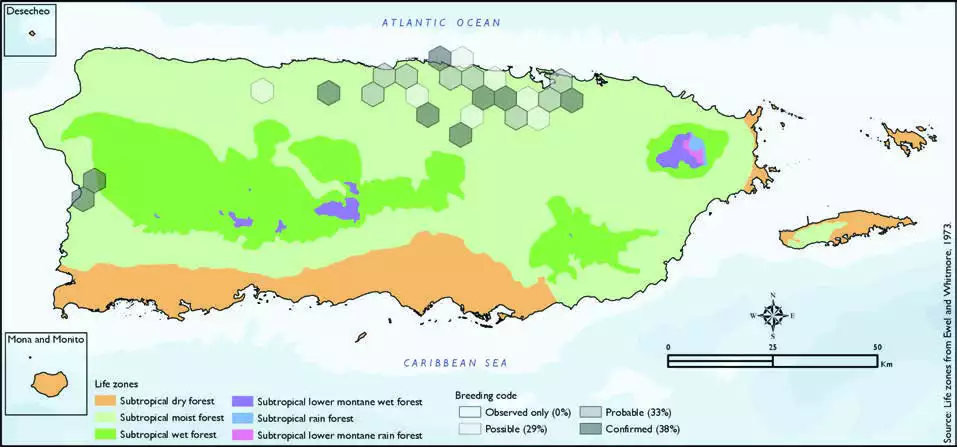Saffron Finch
Description
The saffron finch (Sicalis flaveola) is a tanager from South America that is common in open and semi-open areas in lowlands outside the Amazon Basin. They have a wide distribution in Colombia, northern Venezuela (where it is called "canario de tejado" or "roof canary"), western Ecuador, western Peru, eastern and southern Brazil (where it is called "canário-da-terra" or "native canary"), Bolivia, Paraguay, Uruguay, northern Argentina, and Trinidad and Tobago. It has also been introduced to Hawaii, Puerto Rico and elsewhere. Although commonly regarded as a canary, it is not related to the Atlantic canary. Formerly, it was placed in the Emberizidae but it is close to the seedeaters.
The male is bright yellow with an orange crown which distinguishes it from most other yellow finches (the exception being the orange-fronted yellow finch). The females are more difficult to identify and are usually just a slightly duller version of the male, but in the southern subspecies S. f. pelzelni they are olive-brown with heavy dark streaks.
Distribution & Habitat
The Saffron Finch is native to South America and believed to
have been introduced to Puerto
Rico through the pet trade
in the 1960s (Raffaele 1989a,
Raffaele and Kepler 1992).
This songbird subsequently
has become established on the
island, and it is found mostly
in the northern coast from the
San Juan metropolitan area
west to Arecibo (J.A. Salguero-
Faría, personal observation
2009). However, during the last
few decades it has expanded
its range southward into the
Cordillera Central with the
construction of major highways (J.A. Salguero-Faría, personal
observation 2009). In Puerto
Rico, it occurs in cultivated lawns
with scattered trees including
parks, golf course edges, and
gardens (Oberle 2018, Raffaele
1989b). The species is unknown
from Culebra and Vieques
islands. The atlas fieldwork
yielded a total of 35 records
within 24 hexagons or 5 percent
of the 479 total hexagons. Of
the 24 hexagons where this
species was found, breeding
met the atlas definition of
confirmed in 38 percent (nine)
of the hexagons, probable in 33
percent (eight), and possible in
29 percent (seven) (see map). Saffron Finch distribution. The map shows the highest breeding code by hexagon and overlaying the ecological life zones in
Puerto Rico. Note: percentages may not total 100 due to rounding. 279Saffron Finch/Gorrión Azafrán

Breeding Habits
The Saffron Finch builds its nests in cavities on buildings
or trees, clumps of palm leaves
(Oberle 2018), and even cement
powerline posts (J.A. Salguero-
Faría, personal observation
2009) from August to October,
according to previously
published reports (Raffaele
and others 1998). Atlas results
show breeding evidence year-
round, especially in May and
June (see chart). Most of the hexagons where this species was
found occurred in or near the
metropolitan area of San Juan
(see map). In addition, most of
the hexagons where this species
is confirmed to breed are located
in the lowlands and within the
subtropical moist forest life zone
(see table and map).
Conservation
The population of the Saffron Finch is stable across its
distribution range, and it is considered a species of least
concern by the IUCN (BirdLife
International 2018). Locally,
this species is not listed in any
of the threatened categories of
PRDNER and USFWS. In Puerto
Rico, the Saffron Finch has a
protected habitat of about 15
percent (87 km2) of the total area covered by the hexagons where
this species is known to breed
(573 km2).
Related Species
Family:
finch